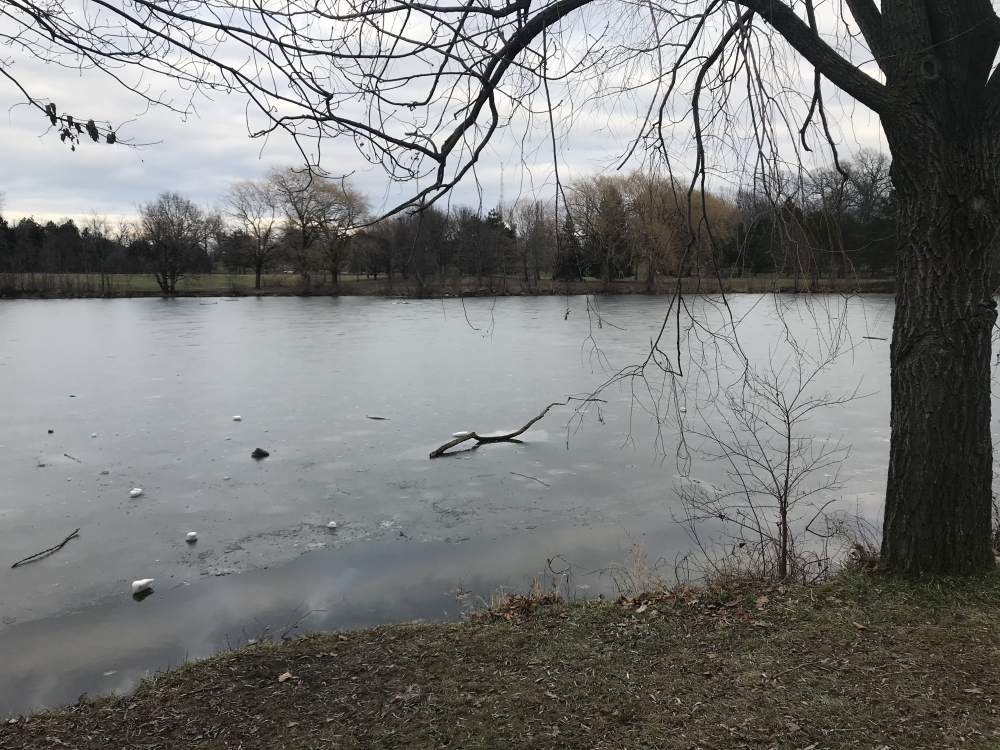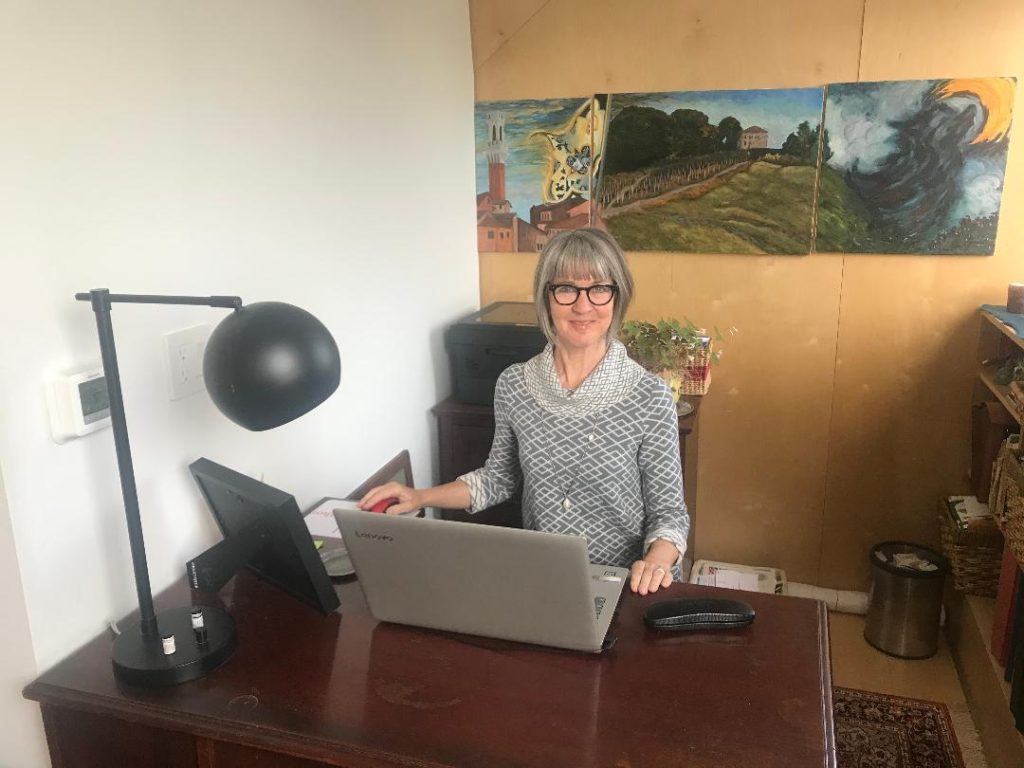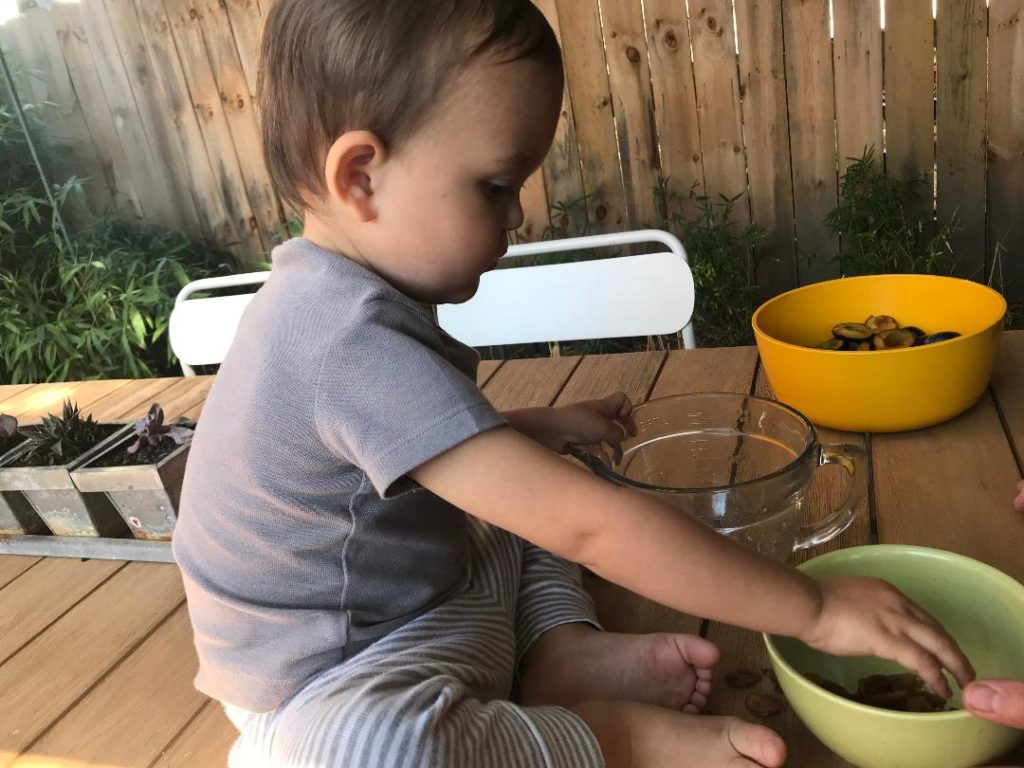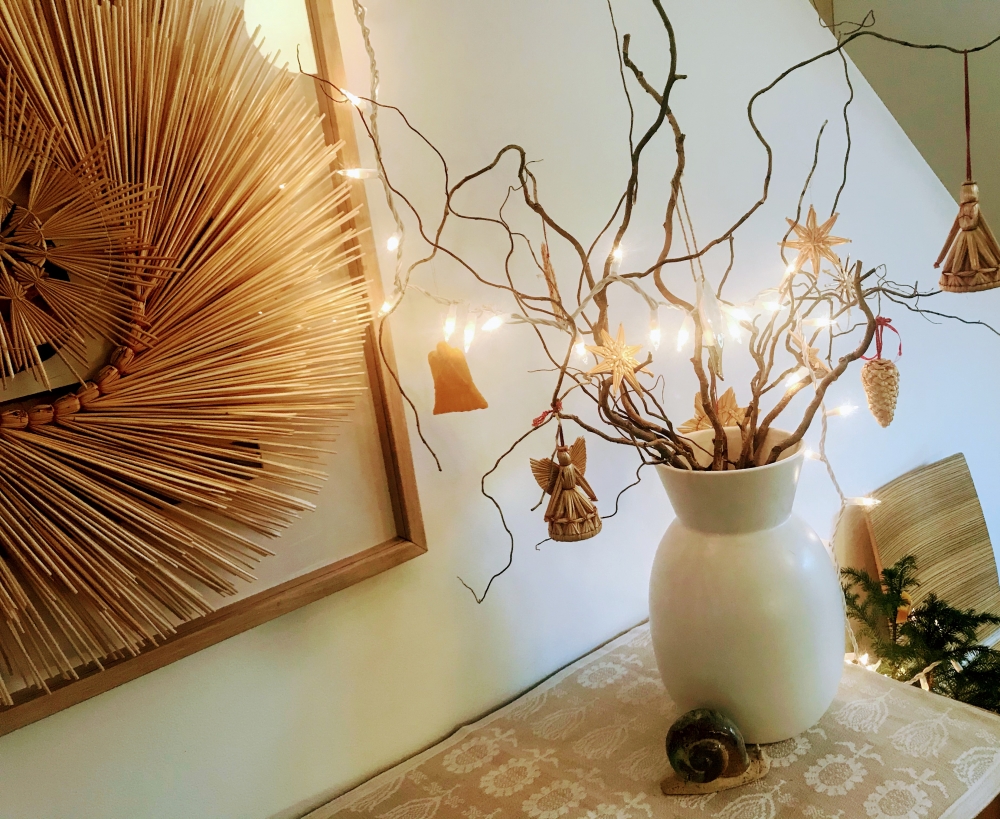In my Early Childhood studies many years ago, I learned to observe nature, honing skills that support the observation of children. To practice observation skills, I walked alone around Hoyt Lake in Delaware Park once a month, taking in what I saw unfettered by distractions or subjective overlays. When I finished the walk, I recorded what I saw.
In the beginning, my observations were full of descriptors, expressing how I thought or felt about what I saw. Little by little, I learned to weed them out and to report only what was there, recording facts connected to the direct experience. A tree may have bare or snow-covered branches but not beautiful or welcoming ones.
Facts are objective and therefore universal but opinions describe a personal or subjective reality. Sometimes it took several tries to record the facts but with practice, I got better at it.
In the words of former NYS Senator Moynihan, “you can have your own opinions but not your own facts”. In the beginning, I was surprised to discover how much I was blurring facts and opinions.
When we mix facts and opinions, we see ourselves including preconceived notions, instead of the object of observation. That makes it difficult to arrive at universal truths and fresh solutions. When we detach from our thoughts and emotions and see physical reality as it is, we can find common ground.
The practice increases equanimity within and a connection to a shared reality and community.
This is what I saw and wrote on my January walk around Hoyt Lake, almost two decades ago. It appears in an Anthology for Buffalo, NY called Voices from the Herd. Available at www.judithfrizlen.com.
Reading it again, I notice where I looked and other personal decisions influenced what I saw, the quest for objectivity is only as precise as we make it. It’s a practice. Words like big, most or few are not exact; I did not stop to count; I walked in a steady flow, observing along the way and wrote when I got back to the warmth and comfort of my car.
The lake is covered with ripples of snow. The pine trees to my right mark the beginning of the path. On my left, the branches of the willow trees are leafless but the same golden color the leaves once were. Most of the rosehips on the wild rose bushes along the snow-covered water’s edge are black, but a few are still coral-colored.
The sun is shining through a thin cloud cover and the frozen lake is odorless. There is no wind. Snow covers the mound along the path that leads up to the tree-line where leafless trees reveal rows of brown branches against a blue-gray sky.
Some bushes by the water have thin, red branches and at the end of the lake, there is little debris in the collector, but there are a few broken bricks and branches sitting atop the frozen lake.
There are only tall thistles where the clusters of wild flowers once bloomed. There are two couples walking dogs; one is off leash until the other dog approaches. A jogger passes. I notice that around each tree, there is a circle of snow-free ground, then I look up at the sky.
The sun is at its highest point and the trees on the north side of the lake are casting long shadows in the snow. The sun looks big, both bright and frosted-over like the lake.
Pine trees with short needles are covered with cones but the ones with the long needles are not. Rockwell Hall and the Richardson towers frame the art gallery steps, white marble surrounded by white snow.
Consider a nature walk as a way to disconnect from a busy mind and reconnect with with objective reality and universal truth.




